Priceless Ox-hide - A National Treasure
Friday, April 28, 2023
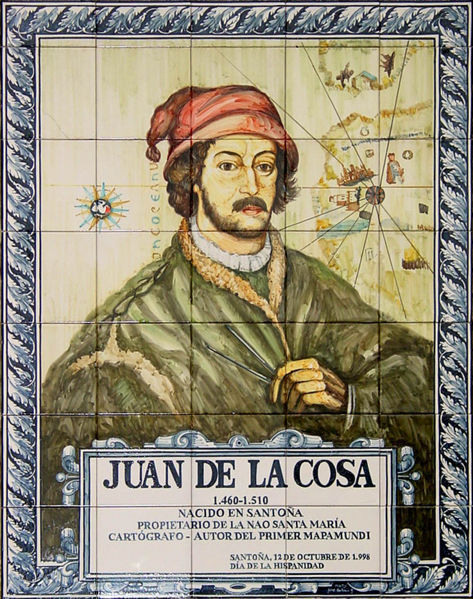 Although Columbus was a mapmaker in his pre-expedition days, he left behind no known maps of his explorations. Luckily for us, Juan de la Cosa, who sailed with Columbus on three journeys, did - leaving us with the oldest known map showing America. Although Columbus was a mapmaker in his pre-expedition days, he left behind no known maps of his explorations. Luckily for us, Juan de la Cosa, who sailed with Columbus on three journeys, did - leaving us with the oldest known map showing America.
De la Cosa was the captain of the Santa Maria, and later, after she was shipwrecked, the master of the Marigalante, and finally sailed on La Nina. He also explored the lands of Colombia and Panama with Vasco Nunez de Balboa. He returned to Spain with his famous map but died in the New World after being fatally shot by a native with poisoned arrows in Turbaco, Colombia in 1509.
Drawn in or around the year 1500, this early style of map is known as a "Mapa Mundi" or "world map." Maps like this were highly valuable pieces of maritime information, each new map adding to the store of knowledge that kept ships from wrecking on uncharted hazards. They were also closely guarded state secrets, as they held the keys to one nation's superiority over another in maritime trade.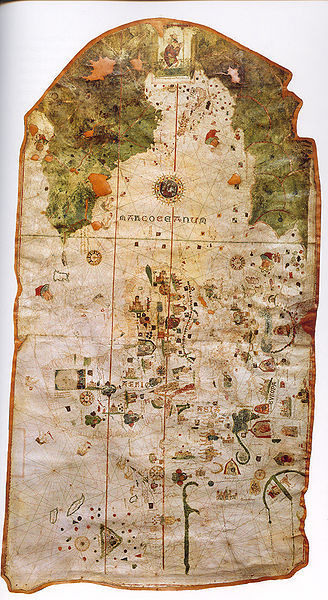
De la Cosa's map incorporates older information as well as the recent voyages of Vasco de Gama to India in 1498. Drawn on ox-hide, it measures 72" x 37 1/2".
The map is notable for several reasons. First, it is one of the earliest maps to show the New World, including the Caribbean and the northern coast of South America. Second, it includes a large number of detailed place names, both in Europe and in the New World. Finally, the map is significant because it is believed to have been based on the personal observations of Juan de la Cosa himself, as he was an experienced navigator and had sailed on several voyages of exploration to the New World.
The map was unknown before 1832 when it was discovered in a Paris shop by the French scientist and map enthusiast Charles Walckenaer. It is thought that the map had been taken from the Secret Archives at the Vatican in 1810 by Napoleon and found its way into a bookshop after his fall. After Walckenaer's death in 1853, the map was bought by the queen of Spain and brought back to Madrid.
The Juan de la Cosa map is now housed in the Naval Museum of Madrid, Spain, and is considered to be a national treasure. It has been extensively studied and reproduced and is a valuable resource for historians, geographers, and cartographers interested in the early European exploration of the New World.
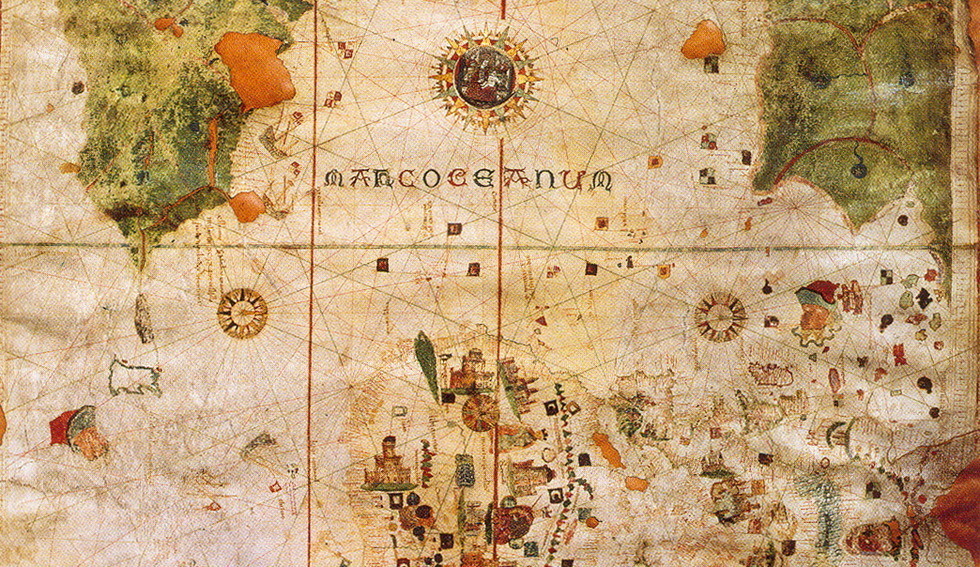
 1
Like
Published at 7:32 PM Comments (0)
1
Like
Published at 7:32 PM Comments (0)
The Costa Verde is home to Spain's Best Beach
Friday, April 21, 2023
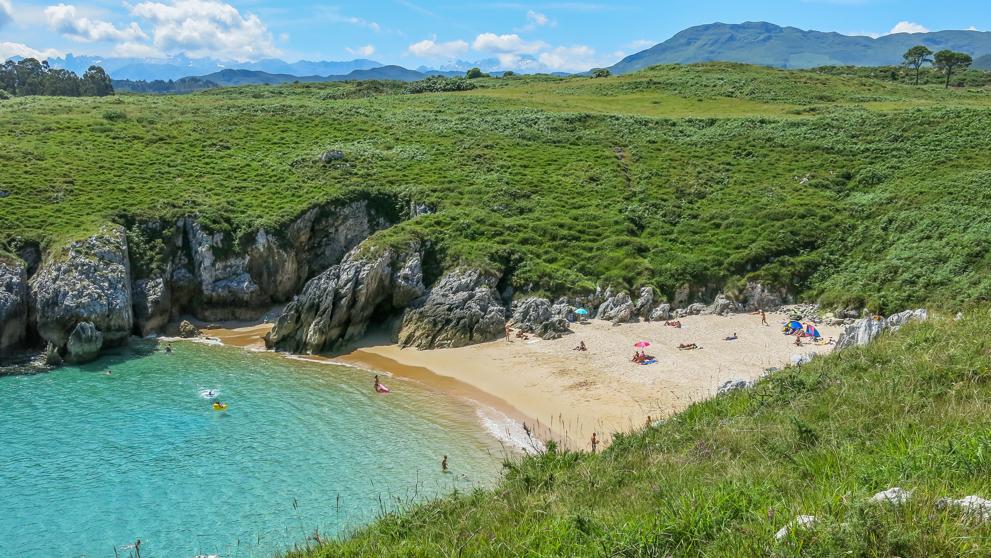
Asturias has areas of incredible beauty, such as this virgin white sand beach, surrounded by rocky cliffs shaped by the sea and the wind, and by green meadows that contrast wonderfully with the blue of its waters. These are some of the reasons why it has been chosen as the best beach in Spain by the readers of Condé Nast Traveler.
The beach of San Antonio de Mar, in the municipality of Llanes, is a privileged location of the Asturian Costa Verde, which invites you to take a break and relax in an impressive and mesmerising setting. During the summer, as you would expect, there is more influx of visitors, but it is still a peaceful place.
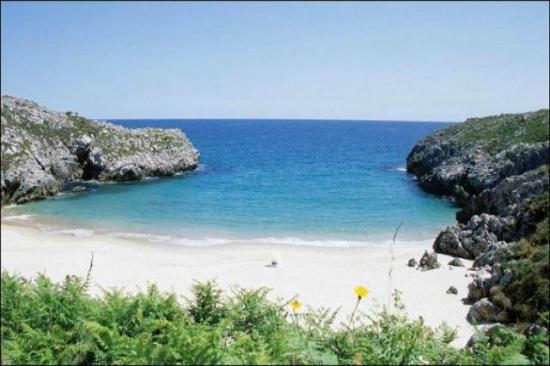
It is separated from the well-known Cuevas de Mar beach by Punta San Antonio, here you can see marine geysers when there are high tide and rough seas. The water enters with force through rock galleries and caves and exits under pressure through wells dug out of the rock formation forming pressure jets of seawater.
San Antonio beach is shell-shaped and is 70 m long and 50 m wide. It is protected from the wind but there are strong currents. Access is not easy, it can only be reached from the town of Picones or from Cuevas del Mar beach, always on foot. But the reward for such effort is a refreshing bath in a charming place.
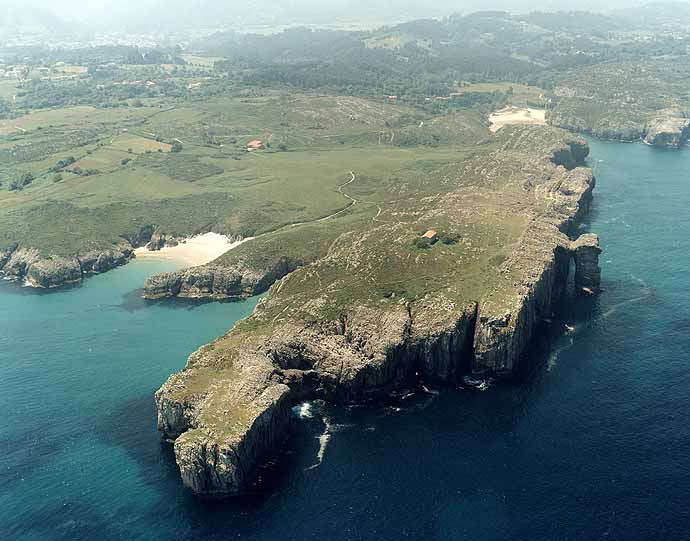
From above, on the cliffs, the views are quite spectacular, and several trails lead to the hermitage of San Antonio where you can see the beautiful coast of Llanes and the Picos de Europa.
Not far away, there are some small towns where you can still eat good traditional dishes and where you can enjoy a few days of rest next to the Cantabrian Sea. And only a few kilometres away you can visit the towns of Llanes and Ribadesella.
 1
Like
Published at 7:03 PM Comments (0)
1
Like
Published at 7:03 PM Comments (0)
Monasterio de Piedra
Monday, April 10, 2023
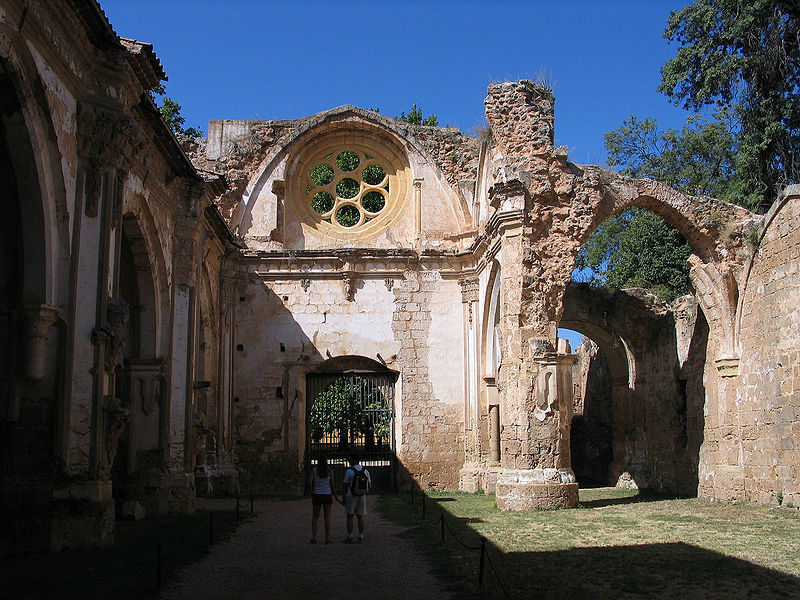 Since May 20, 1194 when Alfonso II of Aragon donated an old Moorish castle to a handful of monks in order to found the Monasterio de Piedra, this spot in Spain’s mostly barren reaches has been home to a divine paradise here on Earth. Since May 20, 1194 when Alfonso II of Aragon donated an old Moorish castle to a handful of monks in order to found the Monasterio de Piedra, this spot in Spain’s mostly barren reaches has been home to a divine paradise here on Earth.
Though officially secularized in 1835, during the reign of Isabella II, visitors to the monastery today will still find the remaining Gothic and Baroque buildings as heavily fortified as they were in the days of the monastery’s founding. Its cloisters remain intact, surrounded by immaculately landscaped gardens, though the main church was irreparably damaged in the aforementioned secularization and subsequent period of abandonment.
These ruins have an eerie, beautiful air about them, as they remain half-triumphant in their unwillingness to fall after so many years. Heavily fortified since its conception, visitors to the monastery will find the compound’s original cloisters intact, albeit reincarnated as a hotel and guesthouse.
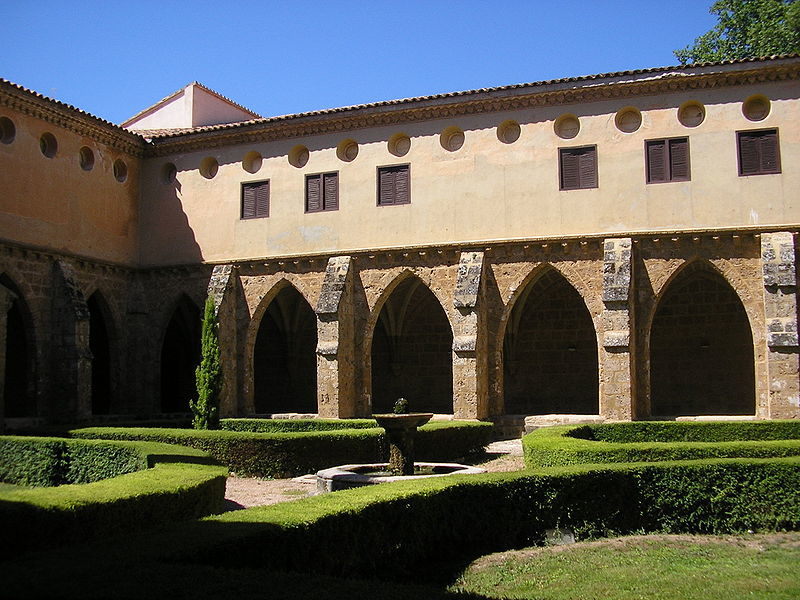
Just slightly farther afield from civilization, ancient and contemporary, is the Piedra River, which is responsible for the conjoining nature park’s legendary, remarkable waterfalls. Created through the dissolution of limestone in a phenomenon geologists refer to as “karstification,” these standout cataracts include the 50-meter-tall Cola del Caballo (named such for its resemblance to a horse’s tail), and a handful of others which seem to bell into a million tiny rivulets running over the shoulder of huge boulders.
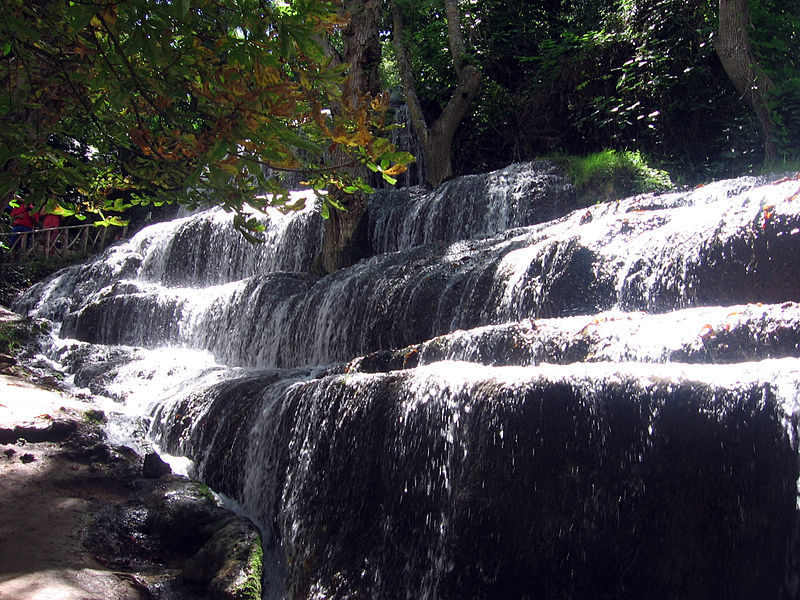
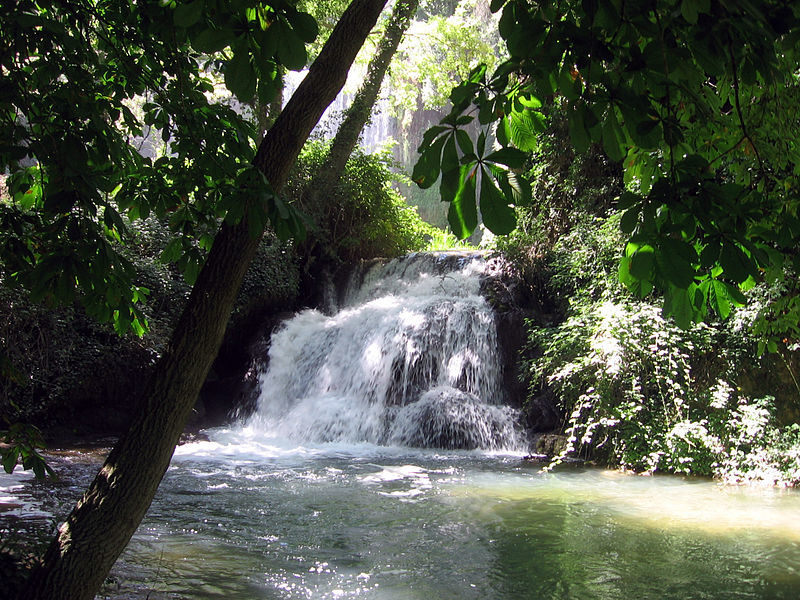
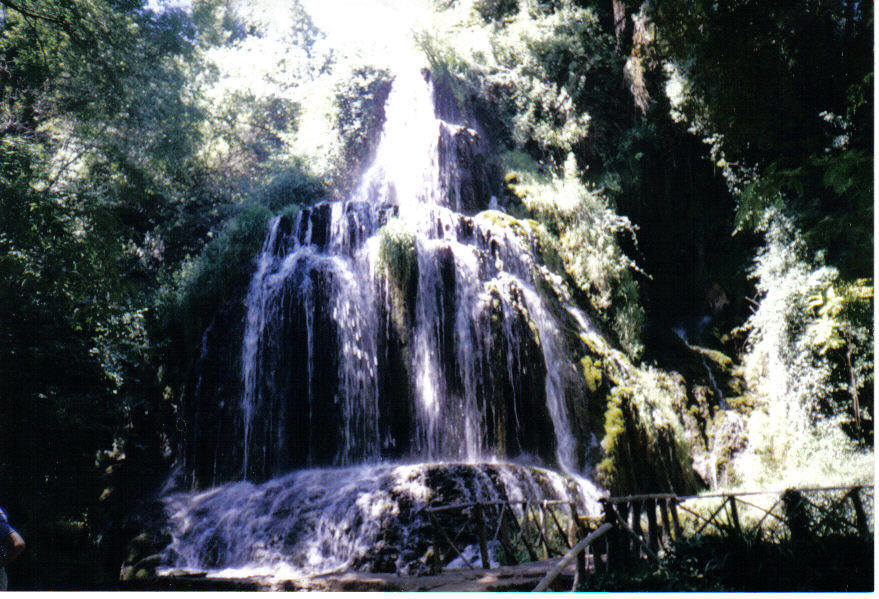
Clearly marked trails wend visitors on a five-kilometer path through the park’s most famed sights, including a natural reflecting pool trapped in a canyon called Mirror Lake. The natural park also has several caves, into which shepherds have built shelters for their flocks, as well as a raptor center that’s open to the public.
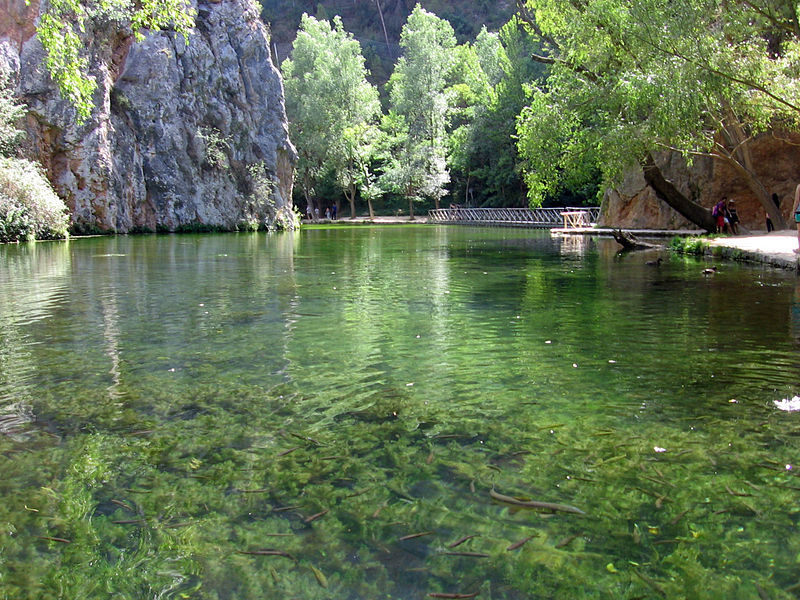
As of February 16, 1983, Monasterio de Piedra — natural park and all — was declared a national monument, which should ensure the protection of this little slice of the divine for another 800 years to come.
 1
Like
Published at 12:07 PM Comments (0)
1
Like
Published at 12:07 PM Comments (0)
Spam post or Abuse? Please let us know
|
|